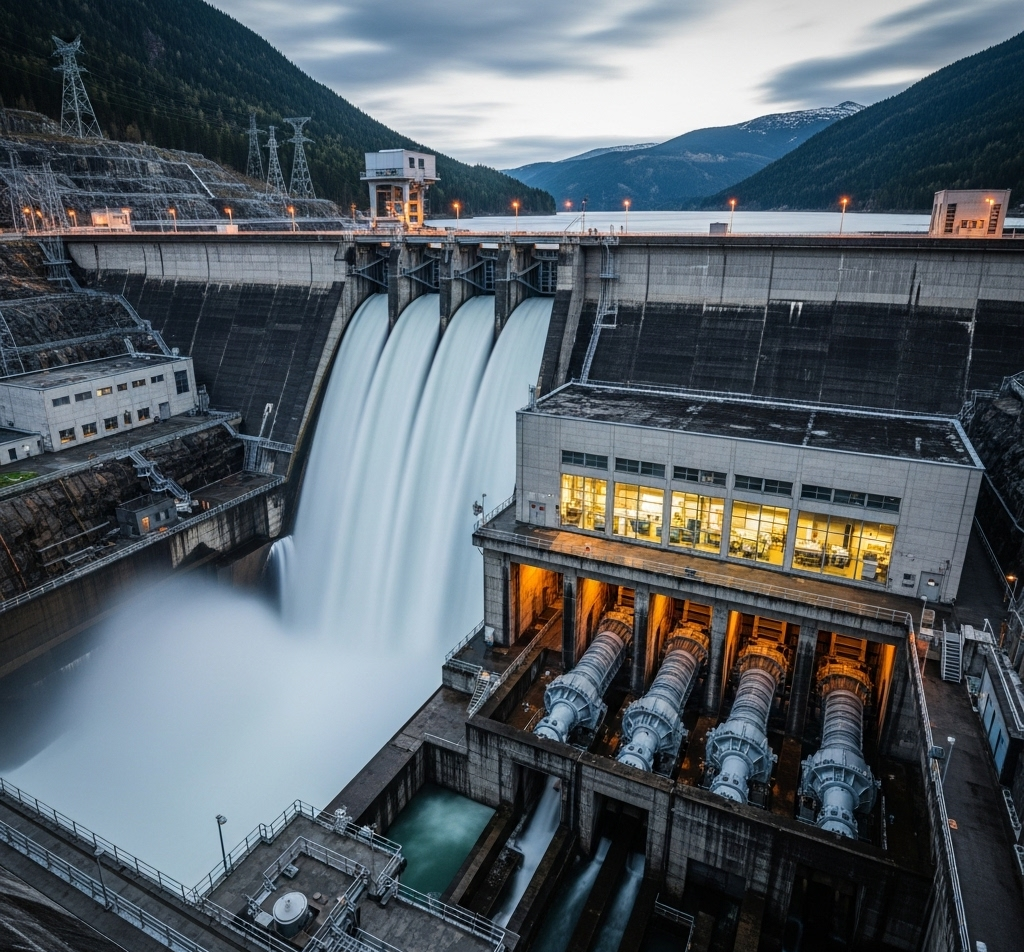
Large-scale energy infrastructure projects, such as wind farms, solar plants, or nuclear facilities, require meticulous procurement management to ensure success. These projects often involve complex supply chains, high budgets, and tight timelines, making effective procurement strategies critical. Below is a comprehensive guide to managing procurement for such projects.
Before initiating procurement, establish clear objectives aligned with the project’s goals. These may include:
Cost Efficiency: Minimizing expenses without compromising quality.
Timely Delivery: Ensuring materials and services are delivered on schedule.
Sustainability: Prioritizing environmentally friendly suppliers and materials.
Quality Assurance: Sourcing high-quality components to meet regulatory and performance standards.
Clearly defined objectives provide a roadmap for decision-making and help align stakeholders.
Understanding the market is essential for identifying reliable suppliers and assessing risks. Key steps include:
Supplier Identification: Research global and local suppliers with experience in energy projects.
Market Trends: Analyze trends in material costs, availability, and technological advancements.
Risk Assessment: Evaluate geopolitical, logistical, and economic risks that could impact supply chains.
For example, sourcing solar panels may require analyzing trade policies, as tariffs can significantly affect costs.
A detailed procurement plan serves as the backbone of the process. It should include:
Scope of Work: Define the materials, equipment, and services needed.
Budget and Timeline: Allocate funds and set delivery milestones.
Supplier Selection Criteria: Establish metrics such as experience, financial stability, and compliance with standards.
Contract Types: Choose appropriate contract models (e.g., fixed-price, cost-plus) based on project needs.
Incorporate contingency plans to address potential disruptions, such as supply shortages or delays.
Collaboration with stakeholders—engineers, contractors, and financiers—ensures procurement aligns with technical and financial requirements. Regular communication helps:
Identify specific material needs (e.g., high-voltage cables for wind farms).
Avoid scope creep by clarifying requirements upfront.
Secure buy-in for budget approvals.
Stakeholder engagement fosters transparency and minimizes misalignments.
Modern procurement relies on technology to streamline processes. Tools to consider include:
e-Procurement Platforms: Automate bidding, supplier selection, and contract management.
Supply Chain Management Software: Track materials, monitor delivery schedules, and manage inventory.
Data Analytics: Use predictive analytics to forecast price fluctuations or supply chain bottlenecks.
For instance, digital twins can simulate project timelines, helping procurement teams anticipate material needs.
Building strong relationships with suppliers is critical for long-term success. Strategies include:
Pre-Qualification: Vet suppliers for reliability, quality certifications (e.g., ISO 9001), and past performance.
Collaboration: Work closely with suppliers to address challenges, such as custom component design.
Performance Monitoring: Use KPIs to evaluate supplier performance, including delivery times and defect rates.
Strong relationships can lead to better pricing, priority delivery, and innovative solutions.
Energy projects are subject to strict regulations and standards. Procurement teams must:
Verify supplier compliance with environmental, safety, and labor regulations.
Conduct audits to ensure materials meet industry standards (e.g., IEC for electrical components).
Mitigate risks through diversified sourcing and robust contract clauses.
For example, in nuclear projects, materials must comply with stringent safety standards, requiring rigorous supplier audits.
Continuous improvement is key to managing large-scale projects. Regularly:
Track procurement KPIs, such as cost savings, on-time delivery, and supplier performance.
Conduct post-project reviews to identify lessons learned.
Adjust strategies based on feedback and changing project needs.
Data-driven insights help refine processes for future projects.
Effective procurement management for large-scale energy infrastructure projects demands strategic planning, stakeholder collaboration, and technology adoption. By setting clear objectives, leveraging data, and fostering strong supplier relationships, project managers can navigate the complexities of procurement while ensuring cost efficiency, quality, and timely delivery. With careful execution, procurement becomes a cornerstone of project success, driving the global transition to sustainable energy.
© 2025 Lasso Supply Chain Software LLC
Get instant access to our report on the Top Procurement Trends of 2025 by filling out the form below.

Get instant access to our report on the Top Procurement Trends of 2025.